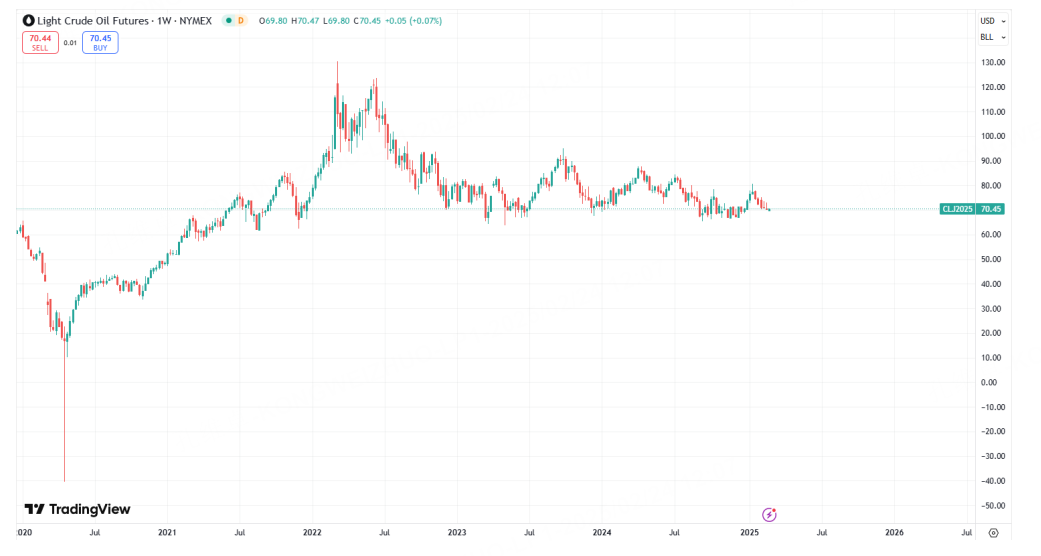Last Friday, U.S. stock markets experienced a broad decline, with the Nasdaq dropping over 2% in a single day. This resulted in a clear bearish weekly candlestick pattern. Combined with similar performances from the other two major indices, concerns have arisen about whether the prolonged inability to reach new highs might lead to a sustained correction.
The majority of the Nasdaq's losses last week were concentrated on Friday. While the market remains in a consolidation phase at high levels and there are no apparent adverse developments in market sentiment or themes, auxiliary indicators suggest caution regarding a potential pullback. At the current level, chasing highs is not advisable. Whether it is feasible to attempt short positions depends on how the next one to two weeks play out around the recent weekly low.
The dual weekly lows at 20,694 and 20,763 are critical for determining the short- to medium-term trend between bulls and bears. Without higher retracement lows or lower highs, initiating short positions is not a viable option. Historical patterns indicate that if both lows and highs trend downward, corrections are unlikely to end quickly. Therefore, at this stage, reducing long positions and waiting for a clearer breakout direction seems to be the best approach.
Beyond the indices themselves, crude oil and the Japanese yen—both of which we have frequently discussed—also point toward a potential "risk-off" sentiment. Oil prices have closed lower for five consecutive weeks. Although the declines have been modest, returning to the lower boundary of their range raises the risk of a breakdown. While tariffs imposed under Trump theoretically support inflation, oil's muted reaction suggests that risks stemming from deglobalization outweigh any inflationary boost. Should crude oil break below its $63–$65 support range, it could trigger a new wave of market movement (though there is speculation this could be a bear trap). Historically, U.S. equities have outperformed crude oil; however, their risk sentiment tends to align. If oil prices experience significant declines, it is unlikely that U.S. stocks will maintain their strength.
Additionally, after two weeks of consolidation and turnover, the Japanese yen has regained some strength. USD/JPY has fallen below its previous key level at 151, signaling bearish momentum for the currency pair (and bullish momentum for the yen). As a well-known safe-haven currency, an unnoticed rise in the yen often signals trouble ahead. For USD/JPY to make substantial progress downward, it would need to break through the critical support level at 139.5—a move that could signal major turbulence in financial markets.
Since late last year and early this year, our stance on U.S. equities has been one of cautious retreat, avoiding chasing highs. While this approach may reduce short-term profits, given Trump's political agenda, there is a higher likelihood of market corrections in the first half of this year than continued stock market rallies. Even if no significant correction occurs and markets eventually confirm an upward trend after consolidation, entering on the right side of the trade would only slightly increase costs. From a risk-reward perspective, adopting a "wait-and-see" approach to secure cheaper entry points remains the most prudent strategy at this stage.
$E-mini Nasdaq 100 - main 2503(NQmain)$ $E-mini Dow Jones - main 2503(YMmain)$ $E-mini S&P 500 - main 2503(ESmain)$ $Gold - main 2504(GCmain)$ $WTI Crude Oil - main 2504(CLmain)$


Comments